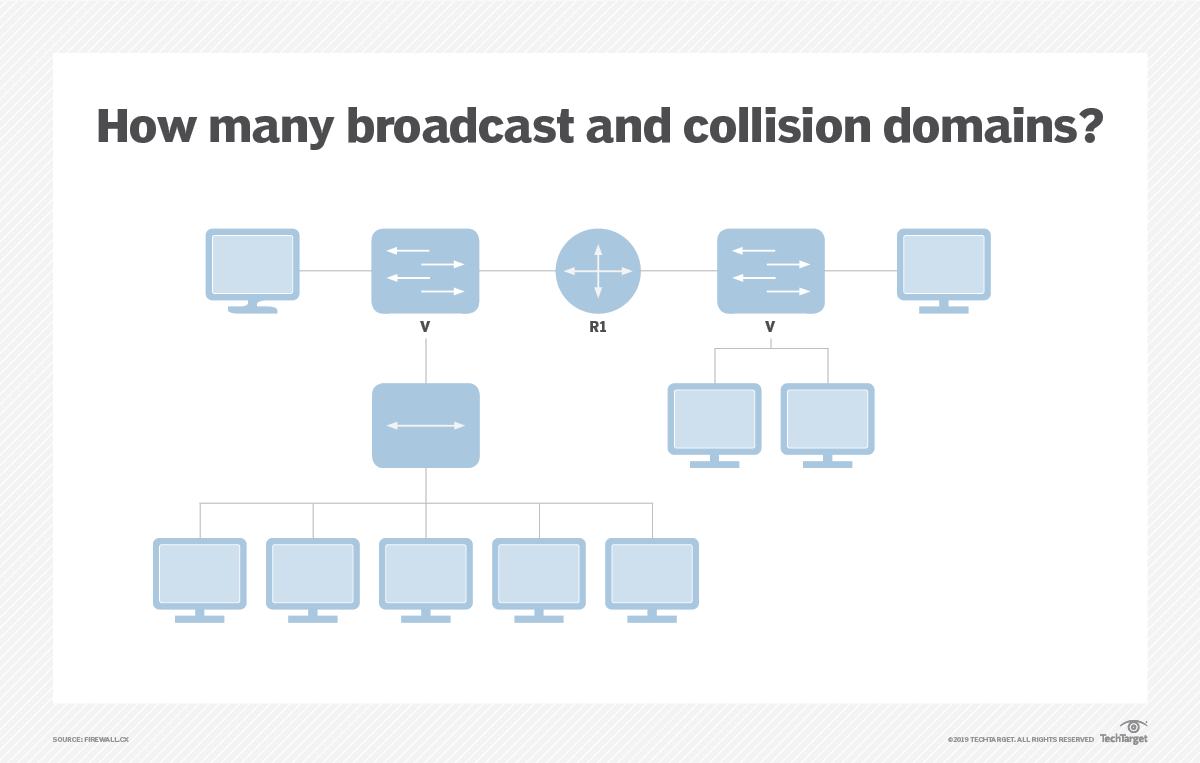In the vast realm of mathematics, geometry stands as a cornerstone, concerned with shapes, sizes, and their spatial relationships. Within this world, translation takes center stage as a fundamental concept, governing how shapes move without altering their intrinsic nature. This article delves into the intricacies of translation math, unraveling its mechanisms, applications, and significance.
Unveiling the Essence: What is Translation?
Imagine a child playing with building blocks. They carefully pick up a tower of blocks and shift it to a new location on the table. This act, in essence, embodies the concept of translation in math. A translation refers to the movement of a geometric shape from one position on a coordinate plane to another, without changing its size or orientation. It’s akin to sliding a paper cutout across a desk, maintaining its form while changing its location.
The key principle of translation lies in the uniform shift of all points in the shape by the same distance in the same direction. Here’s a breakdown of the characteristics that define a translation:
- Directional Movement: The shape moves entirely in one or more directions – left, right, up, or down.
- Uniform Shift: Every point in the shape experiences the same displacement in the specified direction.
- Shape Preservation: The size and orientation of the shape remain unaltered post-translation.
Think of it like a team of ants carrying a leaf. No matter where they move the leaf, as long as they all move the same distance in the same direction, the leaf itself doesn’t change in shape or size.
Unveiling the Properties: What Makes Translation Unique?
Translations possess distinct properties that differentiate them from other geometric transformations. Here are some key characteristics that set them apart:
- Preserves Distances: The distance between any two points on the original shape remains the same after a translation. This property ensures that the relative positions of points within the shape are maintained.
- Congruence: The original shape and its translated counterpart are congruent. Congruence implies that the two shapes have identical size and shape, simply positioned differently.
- Definition by Direction and Distance: A translation is uniquely defined by two aspects: the direction of movement (left/right/up/down) and the distance traveled in that direction. Knowing these two elements allows us to pinpoint the new location of the translated shape.
Unveiling the Tools: Representing Translations
To represent Prekldača translations effectively, mathematicians rely on a coordinate system, typically a two-dimensional coordinate plane with horizontal (x-axis) and vertical (y-axis) axes. Shapes are depicted using their coordinates, and translations are described by the shift in these coordinates.
- Shifting Units: The direction and distance of a translation are expressed through the number of units shifted along the x and y axes.
- Positive shift on x-axis (X+): Moves the shape to the right.
- Negative shift on x-axis (X-): Moves the shape to the left.
- Positive shift on y-axis (Y+): Moves the shape up.
- Negative shift on y-axis (Y-): Moves the shape down.
For example, if a triangle has coordinates (1, 2), (3, 2), and (2, 4), translating it 2 units to the right and 1 unit up would involve shifting all its coordinates by X+2 and Y+1. The translated triangle would have coordinates (3, 3), (5, 3), and (4, 5).
In higher-level mathematics, translations can be represented by vectors. Vectors are directed line segments that specify both the direction and magnitude (distance) of movement.
Unveiling the Applications: Where Does Translation Math Shine?
The concept of translation transcends the realm of pure mathematics and finds practical applications in various fields:
- Computer Graphics: Animations rely heavily on translations to create the illusion of movement. Animators use translations to move objects across the screen, creating realistic motion sequences.
- Video Games: Games often involve manipulating virtual objects. Translations come into play when users navigate characters or move objects within the game environment.
- Robotics: Robots are programmed to perform specific motions. Understanding translations allows for precise control over a robot’s movements in various spatial tasks.
- Physics: Projectile motion involves translating objects through space along trajectories. Translations play a crucial role in analyzing the motion of objects under various forces.
- Engineering and Architecture: When designing buildings or structures, engineers and architects utilize translations to position different components accurately within the overall plan.
These are just a few examples, and the applications of translation math extend far and wide, contributing to diverse fields that rely on precise spatial manipulation.
Unveiling the Connections: Intertwining with Other Concepts
Translation serves as a foundational concept in geometry, seamlessly connecting with other geometric transformations and mathematical disciplines:
- Rotations: Rotations involve turning a shape around a fixed point. Understanding translations helps visualize how a shape can be shifted to a specific position before or after a rotation.
- Reflections: Reflections involve creating a mirror image of a shape across a line. Translations can be used to position the original shape and its reflection in a desired location.
- Dilations: Dilations involve scaling a shape, making it larger or smaller. Translations can help ensure that a dilated shape remains positioned appropriately within the coordinate system.
- Linear Algebra: Vectors, used to represent translations, are a core concept in linear algebra. Understanding translations fosters a deeper understanding of vectors and their applications in various mathematical fields.
Conclusion
In conclusion, translation math, far from being a mere introductory concept, serves as a cornerstone for geometric understanding. Its applications permeate diverse fields, from the intricate world of computer animation to the precise calculations of engineering. By delving into translations, we unlock a gateway to a deeper appreciation for the beauty and power of spatial reasoning in mathematics.






